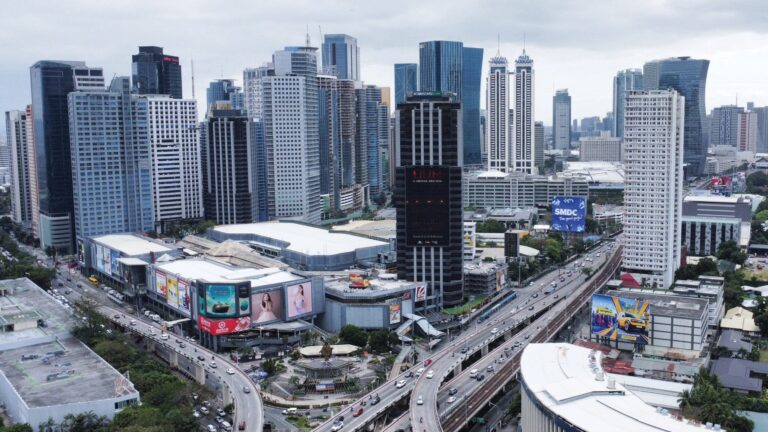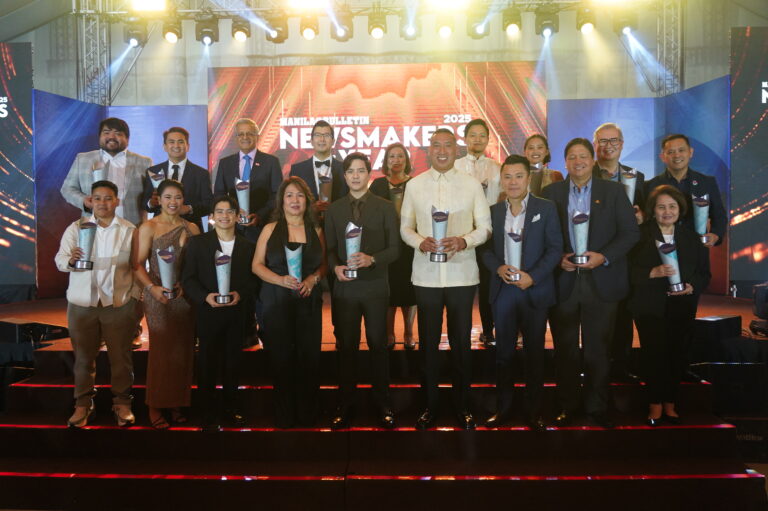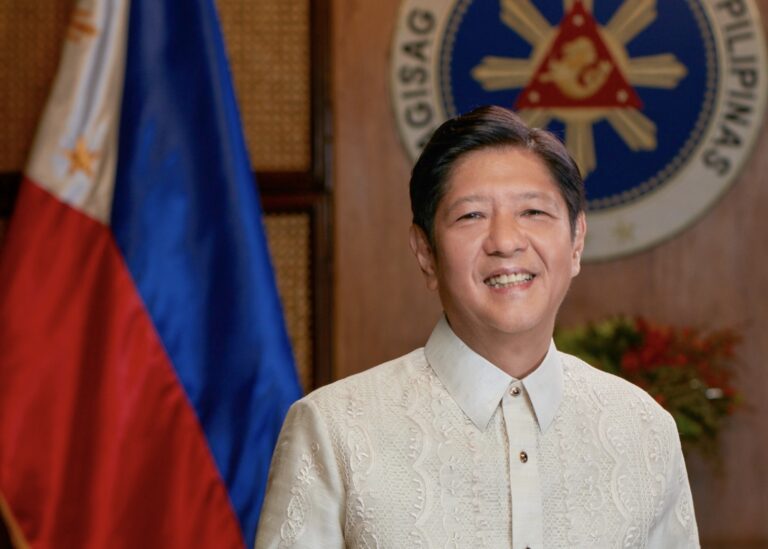Energy to charge up Philippine economic progressThe energy sector of the Philippines has been always in a rollercoaster of highs and lows – punctuated by recurring power crisis that tested its resilience—but like a boxer in a never-ending match, it will always bounce back, poised to deliver the knockout punch that will fuel the country’s …
Energy to charge up Philippine economic progress
The energy sector of the Philippines has been always in a rollercoaster of highs and lows – punctuated by recurring power crisis that tested its resilience—but like a boxer in a never-ending match, it will always bounce back, poised to deliver the knockout punch that will fuel the country’s economic growth.
For nearly every Filipino consumer, the ultimate dream is simple, but it has always been elusive through decades—a steady, reliable supply of electricity or fuel that won’t just light up homes or drive mobility, but also fits squarely within the tight budgets of those scraping by at the bare minimum financial threshold.
Across successive administrations, the goals have always been clear yet despite waves of transformation sweeping through the energy sector, policymakers and industry players are still navigating the maze, searching for that slippery and complex formula to turn these ambitious targets into real, lasting success.
Nevertheless, under the current government leadership, particularly at the Department of Energy (DOE) and its key agencies, a glimmer of hope is rising—and it finally feels like the real deal. Not only is the door to investors swinging wide open, but access to electricity is also being tackled with real urgency and commitment, especially for those in the rural and far-flung areas, so they too can share in the country’s economic success and finally unlock the opportunities they’ve long been denied.
It finally feels like the real deal. Not only is the door to investors swinging wide open, but access to electricity is also being tackled with real urgency and commitment, especially for those in the rural and far-flung areas.
Beyond electrification and cost competitiveness, energy leaders are also determined to position the Philippines as a key player in solving the global climate crisis, hence, they are keen on driving an energy transition anchored on massive rollout of renewable energy (RE) investments as well as other cleaner and innovative technologies.
Breaking the ‘no power, no progress’ trap
Energy Secretary Raphael Lotilla acknowledged that in today’s world, it’s no longer enough for nations to merely keep the lights on or power industries and businesses. Leaders must also ensure that the energy fueling progress comes from cleaner, sustainable sources that safeguard both the planet and future generations.
“The energy sector plays one of the most critical roles in our development journey. On one hand, providing access to affordable and renewable power allows for greater investments in our industries. On the other hand, we also need to ensure that our development is sustainable in order to do that in a world where the demands for clean energy and clean industry continue to grow,” he said.
A recent report from the Board of Investments (BOI) reveals staggering ₱3.7 trillion in renewable energy investments already on the table, with investors eagerly pushing for expedited approvals through the government’s “green lane certification” policy to accelerate their project developments and, in that way, they can become a valuable partner not just in advancing the country’s economic growth but also keep it on track toward decarbonization.
Looking at the world today, economic movers in major countries have already turned their backs on fossil fuels, especially coal, and are now under pressure to secure a substantial portion of their energy needs from green and sustainable sources to stay competitive and future-proof their operations.
While the energy transition in developing jurisdictions like the Philippines may lag behind versus industrialized OECD countries, the nation’s energy roadmap promises significant rewards: first, it will attract billions in investment-dollars that will underpin “low carbon economy” aspiration not just domestically but for the world; second, it will generate thousands of new jobs; then third and most important, it will accelerate the country’s pursuit of energy security, ensuring then that Filipino consumers and businesses are no longer at the mercy of recurring power crisis in the years ahead.
Lotilla also knows all too well that turning the current surge of energy projects into actual megawatts demands far more than just policy enforcement or fast-tracking permits—it takes relentless effort to secure the critical financing these projects need. That’s why the government is similarly laser-focused on breaking through financial gridlocks to ensure these projects won’t just end up on paper, but will tangibly power the country in the foreseeable future.
From that standpoint then, the energy chief has ramped up his calls to development partners and financial institutions, urging them to forge stronger collaborations and fiercely unravel how these investments can be realized, not just to meet the needs of today, but to secure a sustainable future for generations to come.
“My continuing challenge to all of us here, particularly to developers and financial institutions, is to collaborate in designing mechanisms that allow future generations who will benefit from these infrastructure investments to share in the burden of the transition to the current generation. This is a true form of multigenerational or intergenerational equity. By identifying the necessary steps to unlock long-term financing, we can reduce the outcome costs in the transition for today’s consumers while ensuring that critical projects move forward, delivering equal benefits to future generations,” he stressed.
While the energy-secure and affordable solutions we urgently need may not be within arm’s reach just yet, the unyielding actions and policy strides taken by today’s energy leaders offer a strong promise that the sector is on track to light the way toward a more sustainable and economically progressive life for all Filipinos.






